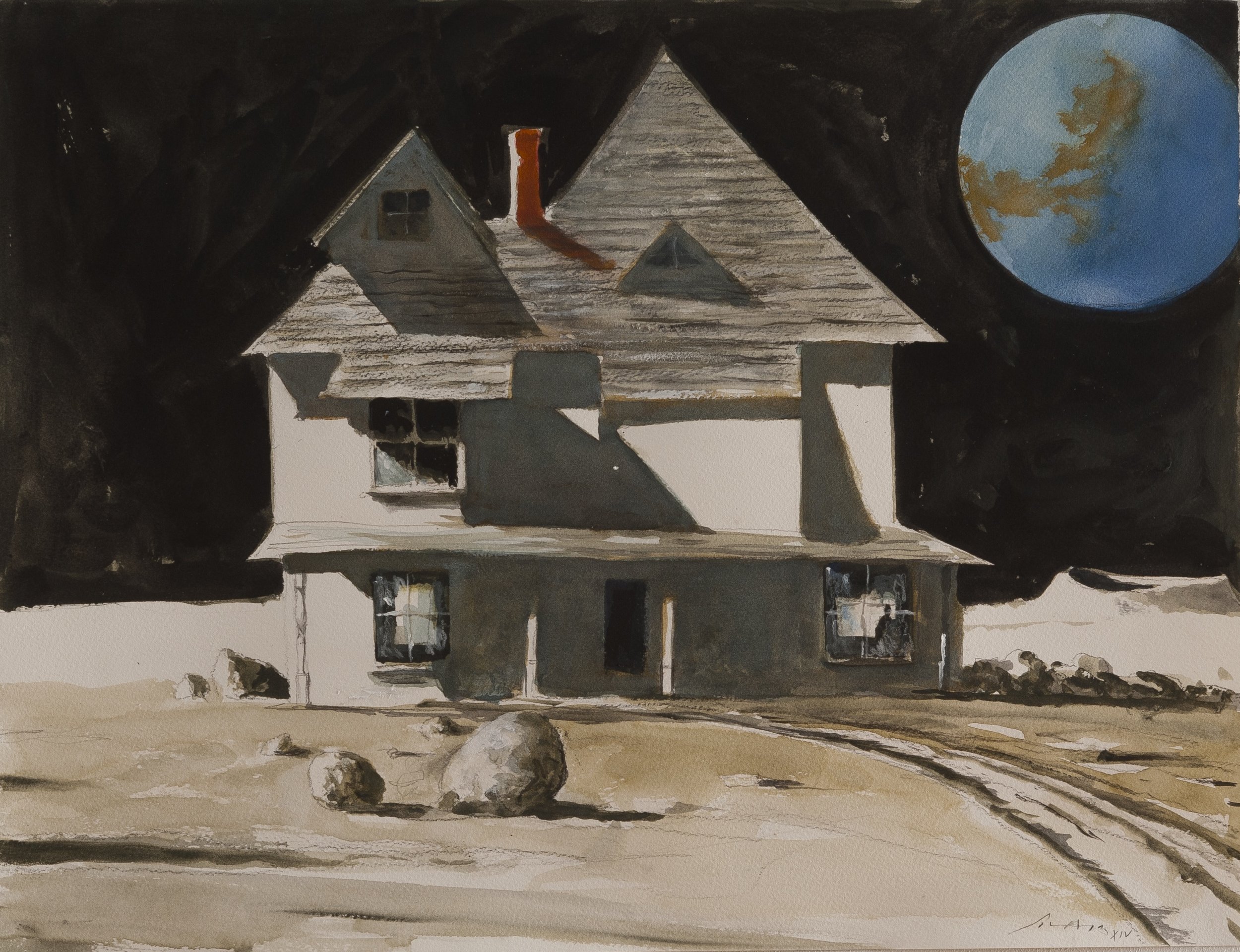JULIO LARRAZ
b. 1944, Havana, Cuba
The son of a newspaper publisher, he began to draw at a very early age. In 1961 his parents moved to Miami, Florida, taking the whole family with them. In 1962 they moved to Washington, D.C., and in 1964 to New York City, where Larraz lived for the next five years. There he began to draw political caricatures which were published by the New York Times, the Washington Post, the Chicago Tribune and Vogue magazine, among others.
In 1967 Larraz began working full time as a painter. He credits several New York artists, including Burt Silverman, for teaching him various painting techniques. In 1971 his first solo exhibition was held at the Pyramid Galleries in Washington, D.C. In 1972 he had an exhibition at the New School for Social Research in New York. A year later, his paintings were shown at the FAR Gallery in New York. In 1976 he won awards from the American Academy of Arts and Letters and the National Institute of Arts and Letters. The same year he was also awarded the Cintas Grant from the Institute of International Education. A year later Larraz moved to San Patricio, New Mexico, fascinated by the light and atmosphere of the barren hills of the Hondo Valley. It was there that he met Ron Hall, his future dealer, who is based in Texas. In 1978 Larraz bought a house in Grandview, New York. There he met Nohra Haime whose New York gallery represented him until 1994. In 1983 he moved to Paris, remaining there for two years. In 1986 he moved to Miami, Florida, with his wife. Julio Larraz is best known for his precise and detailed technique, his imagination, and his unique subtle touch, all of which have helped affirm his reputation as one of the most important contemporary Latin American painters.



